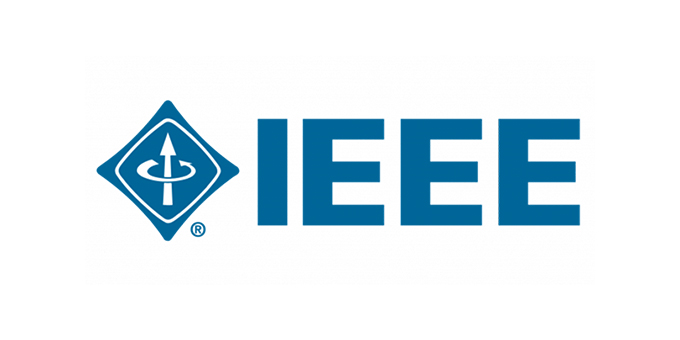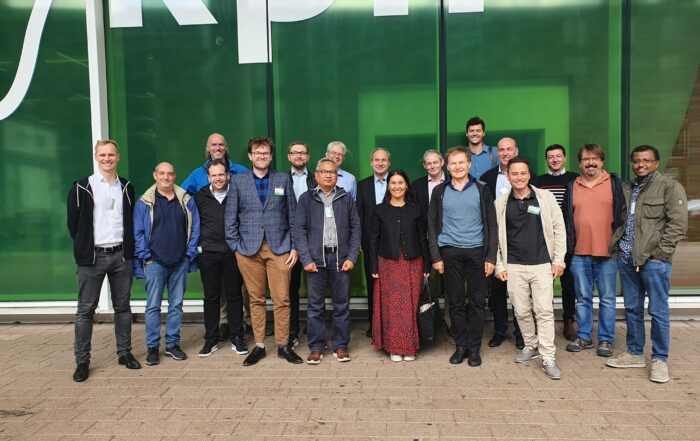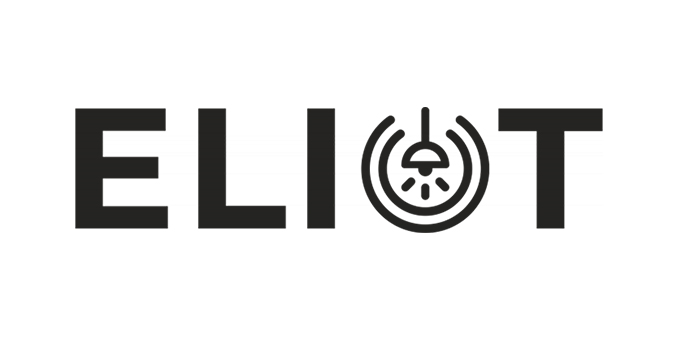IEEE 802.15.13 activities
ELIoT Partner participate in the IEEE P802.15.13 group, which aims to define optical wireless communication systems for high bit rates (10 Gbps) and ranges up to 200 m.
The system is being designed to meet the constraints of specialty applications (e.g., industrial or medical) environments and needs to offer a secure, robust, high performance, high data rate communication link in environments where it is difficult to operate traditional wireless systems.
In this sense, IEEE P802.15.13 systems are ideal for industrial applications thanks to the inherent immunity of OWC to radio frequency (RF) interferences.
The standard defines 3 specific Physical layers:
– Low-bandwidth OFDM PHY (LB PHY): Designed to use low-cost optical frontends and easily achieve moderate data rates.
– High-bandwidth OFDM PHY (HB PHY): Designed to use advanced optical frontends and achieve moderate-to-high data rates
– Pulsed Modulation PHY (PM PHY): Designed to use advanced optical frontends and achieve low-to-moderate data rates (uplink).
It has to be noted that, as in the case of IEEE P802.11bb, the second physical layer is based on ITU-T G.9960/61 Recommendation.
The focus on specialty networks and not in mass market applications provides some flexibility on the choice of the physical layer to be used since the integration requirements may be lower.
IEEE P802.15.13 also defines a minimalistic MAC layer which can operate the system independently of other radio systems and integrates some essential features being relevant for the industrial wireless application, namely to support robust communication even if the line-of-sight (LOS) is suddenly blocked together with low latency. The major tools for these features in the 802.15.13 MAC are to define i) the major functionality of distributed Multiuser MIMO (I.e. multi-cell channel estimation for multiple optical frontends, a corresponding feedback mechanism from each mobile device to the central coordinator and an extension of the common TDMA-based channel assignment that allows parallel transmissions to multiple devices in different areas covered by the same coordinator) and ii) a fast retransmission mechanism being not available e.g. in 802.11 MAC layer. Moreover, there are specific routines to support the capabilities of the available PHY layers, such as adaptive bitloading supported in the HB PHY.
The work in IEEE P802.15.13 is almost done, the current draft D3.0 is finalized and the last recirculation in the 802.15 working group has been started. The next step is the SA letter ballot. Publication is expected end of 2020.
Recent Posts
Final ELIoT EU Review Meeting, Rotterdam, September 2022
The final ELIoT review meeting took place on 6th of September 2022 in Rotterdam at KPN's premises. The consortium presented the main project results to the EU, in particular the results of the numerous demonstration [...]
ELIoT: enhancing LiFi for next-generation Internet of things
Linnartz, J.P.M.G., Corrêa, C.R.B., Cunha, T.E.B. et al., "ELIoT: enhancing LiFi for next-generation Internet of things," J Wireless Com Network 2022, 89
ELIoT Demonstrator – Fixed Wireless Access
ELIoT demonstrates optical wireless communication (Light Fidelity - #LiFi) in different scenarios. In this video the use of LiFi for Fixed Wireless Access is shown, which bridges the last meters between the building and the [...]



